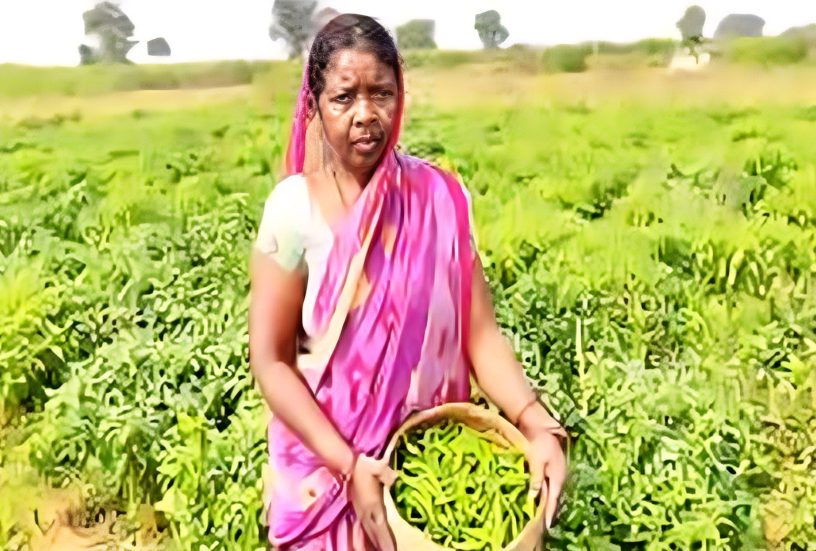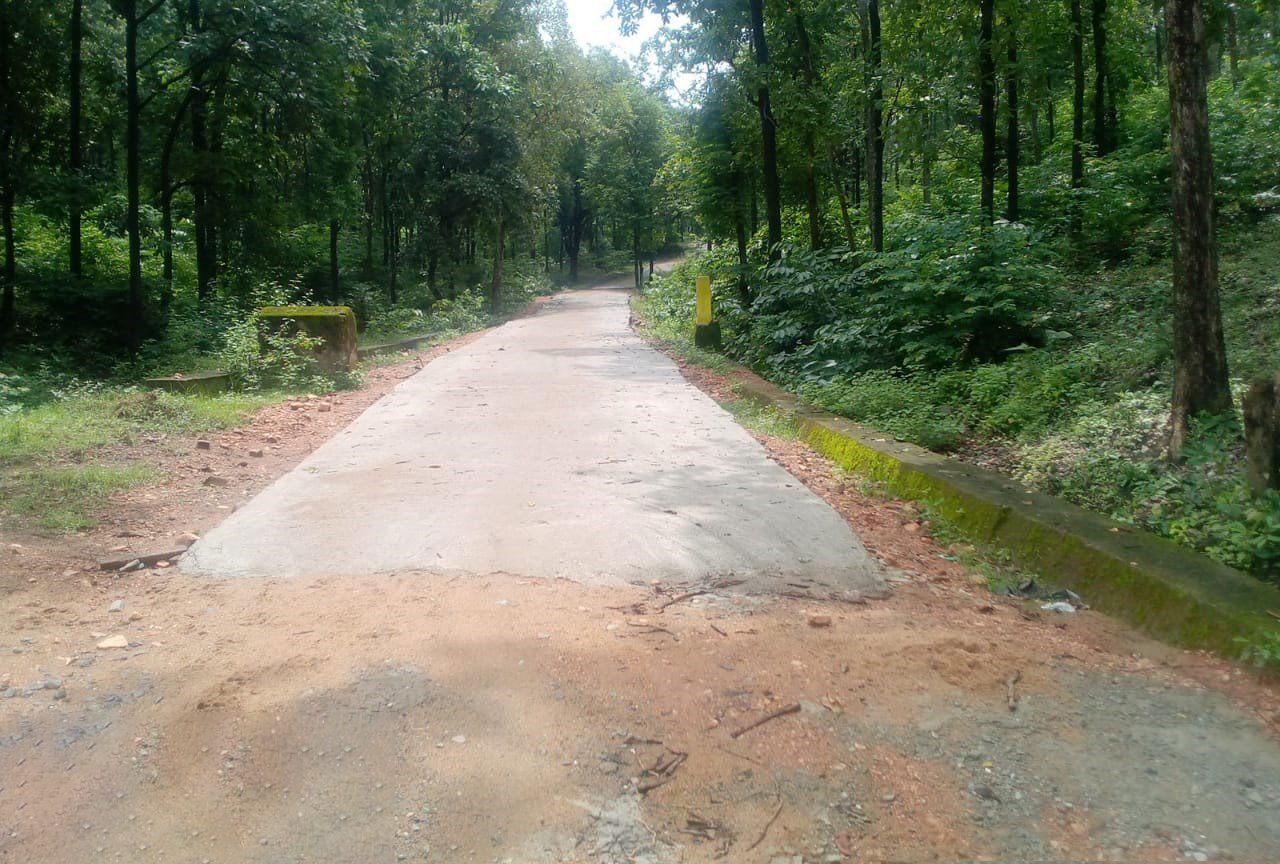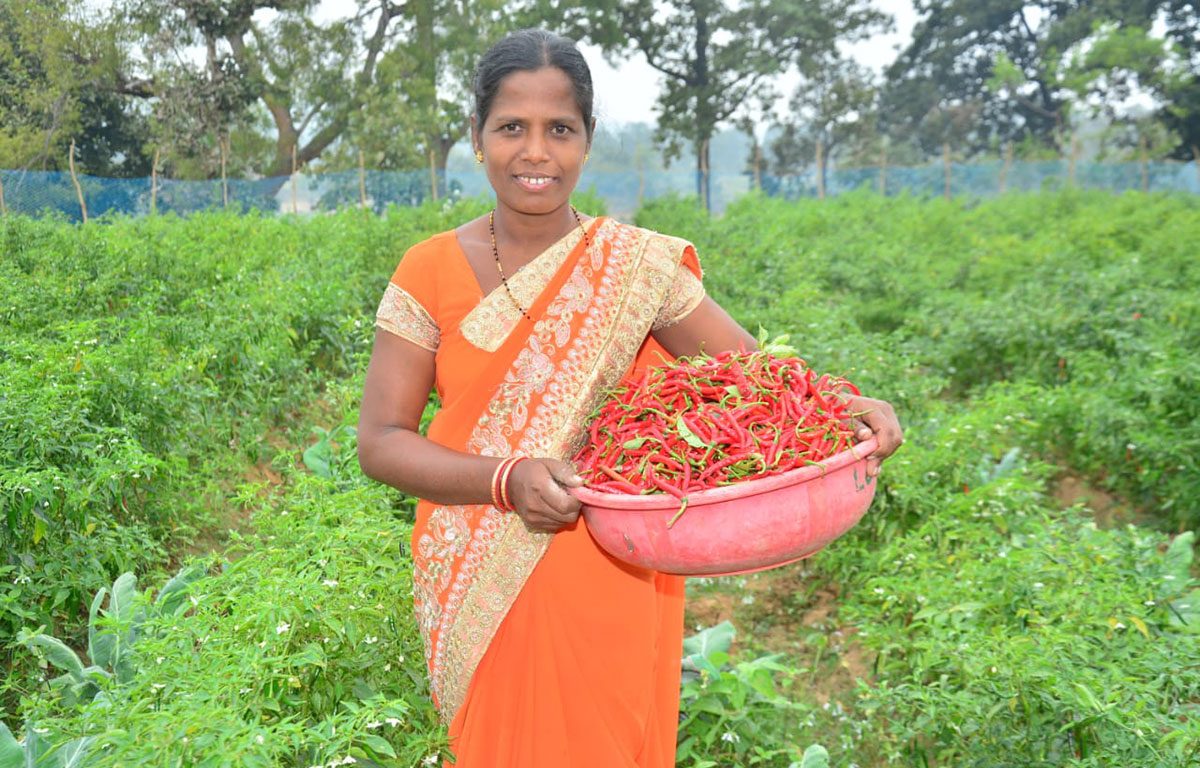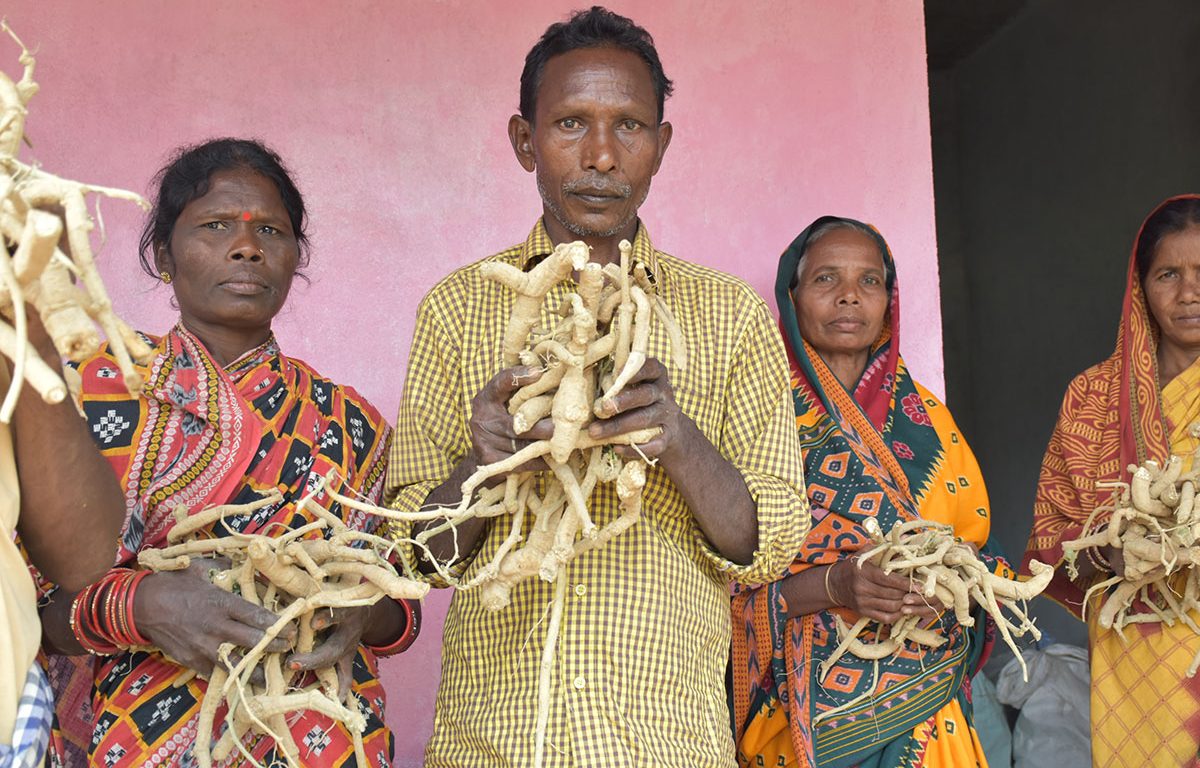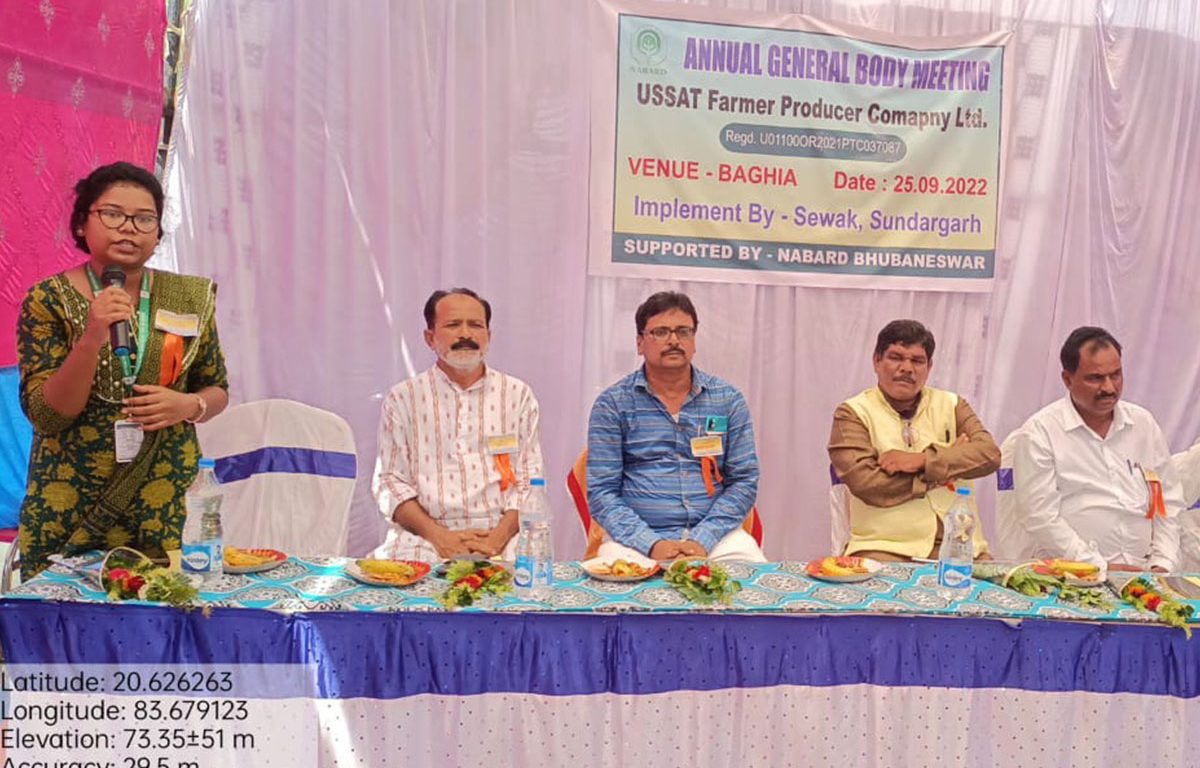Empowering Communities: “A Case Study of Sustainable Forest Conservation and Livelihood Enhancement”
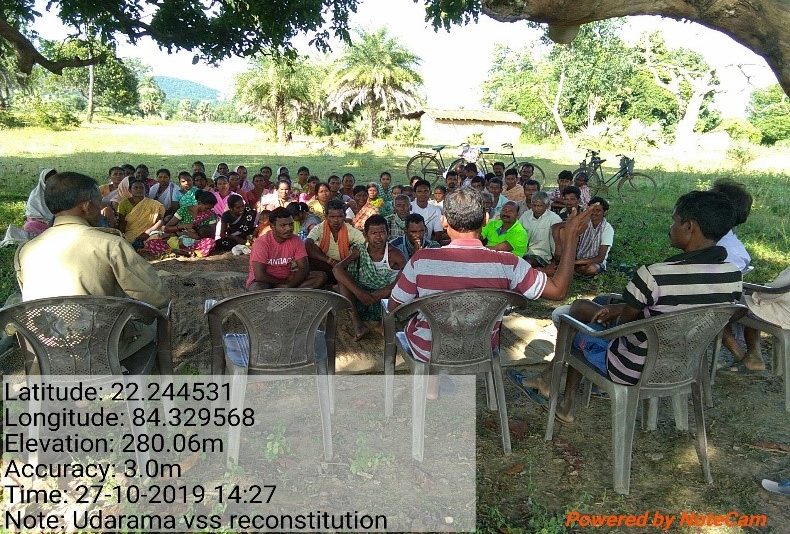
Collaborating with the mantra of development.” This statement has been proven by the generous Forest Protection Committee. Constantly striving to gather and utilize new facts about forest and environmental protection, they have recognized the Udarama Forest Protection Committee as an ideal model. The Udarama Gram Panchayat, located within the forested area, is a model village. It has a population of 66 families and 331 individuals. The villagers have been sustaining themselves through forestry and agriculture for generations. Since 1980, the protected jungle, covering a distinct area of 208 hectares, has been consistently safeguarded, not only protecting it but also actively combating illegal logging and poaching. The main challenge of this program has been addressed by prominent figures like Shri Marianus Tete, Paskal Tete, Nicholas Tete, and Christopher Kulu.
In providing security to the jungle, the diligent villagers have arranged regular patrols and have been vigilant in its preservation. Through regular monthly meetings and awareness campaigns, they have organized themselves to safeguard jungle resources against encroachment and exploitation. The villagers’ efforts have led to the rejuvenation of the jungle over the past eight years, with a noticeable increase in biodiversity and forest cover.
In 2019, through a collaborative effort between the Odisha government and the Government of Japan under the Odisha Forestry Sector Development Project (OFSDP) Phase 2, the village was included in the development initiative. This initiative has contributed significantly to strengthening forest protection and improving the livelihoods of the villagers, with the successful implementation of various government schemes and discussions on developmental projects through the project medium.
As a result of the project, there was improvement in seven nos of fish ponds, paddy cultivation and mustard cultivation. Also the villagers had a good earning from collection and sale of mahua, sal leaves, sal seed, jackfruit, bamboo, and turmeric , contributing to the improvement of their livelihoods and biodiversity conservation.
The development of the forest and the improvement of villagers’ livelihoods through the project medium have inspired neighboring villagers and encouraged them to emulate and seek regular consultation and guidance for their own development initiatives.











